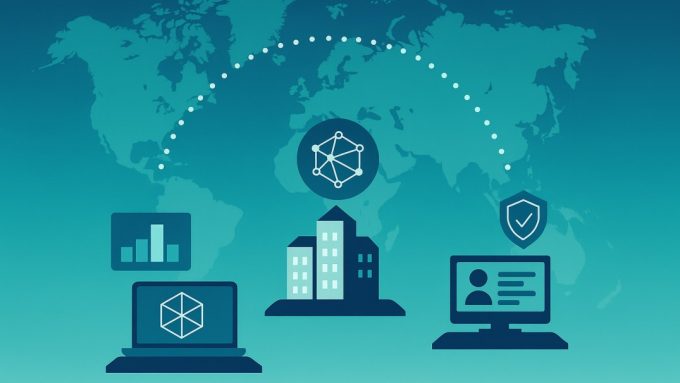Digital twins can help organisations achieve various goals. In some cases, the end goal is for buildings and infrastructure to last longer, use less energy, and be safer. In others, it is enhancing the lives of people who interact with the built environment and its services. As highlighted by the Gemini Principles, these are not mutually exclusive aims, so wherever you are on your digital twin journey, it is important to consider other perspectives on the hybrid digital and physical systems you create. How will your digital twin fit into a wider ecosystem that provides services to all kinds of people? How will your asset’s performance impact the wider built environment and those who need to navigate it? Whose lives will be better if you share data securely and purposefully.
In the first output from the Digital Twin Journeys series, the team working on the Smart Hospital of the Future research project, enabled by the Construction Innovation Hub, shared case studies from two smart hospitals and reflect on the innovations they saw during the COVID-19 pandemic. In this two video mini-series, the research team shares insights about how existing digital maturity enabled these hospitals to respond to the pandemic in agile ways, transforming to a hybrid physical and digital model of care distributed across multiple sites. They also explored how individual asset digital twins fit into a wider landscape of ecosystem services, guiding how we approach interoperability to achieve better outcomes.
These insights inform the way we think about the role of digital twins in the smart built environments of the future. Dr Nirit Pilosof reflects that, ‘Digital twin as a concept can promote the design of the new system, the design process of the built environment and the technologies, but also really help operate… the hybrid models looking at the physical and virtual environments together.’ If health care is enabled by connected digital twins, how could the design of hospitals – and whole cities – change?
In the videos, the team also discusses the limitations and ethics of services enabled by digital data and the use of digital technologies to improve staff safety, from isolated COVID wards to telemedicine. They frame service innovation as an iterative and collaborative process, informed by the needs of digital twin users, whether those are the asset owners and operators, or the people benefitting from the services they provide.
According to project co-lead Dr Michael Barrett, ‘The people who need to drive the change are the people who are providing the service.’ After the COVID crisis, we can better recognise what we have learned from implementing digital services at scale, as more people than ever have relied on them. The team reflect that having the right people in the right roles enabled the smart hospitals in these cases to transform their services rapidly in response to the need. The same human and organisational infrastructure that is creating the smart hospital of the future is also needed to create the flexible, responsive built environments of the future.
Digital Twin Journeys can start from the perspective of available technology, from a problem-solving perspective, or from the perspective of users experiencing a service ecosystem. The smart hospitals project demonstrates the value of the latter two approaches. Hospital staff were instrumental in shaping the digitally-enabled service innovation to keep them safe and offer better services on and offsite, but project co-lead Dr Karl Prince points out how people accessing those services have to navigate a variety of different services in the built environment to get there. As we begin to connect digital twins together, we need to consider not just our own needs but the needs of others that digital twins can address.
For more on this project, including links to their publications, see the team’s research profile on the CDBB website. Keep up with the Digital Twin Journeys series on the CDBB website or here on the Digital Twin Hub blog.


Leave a comment